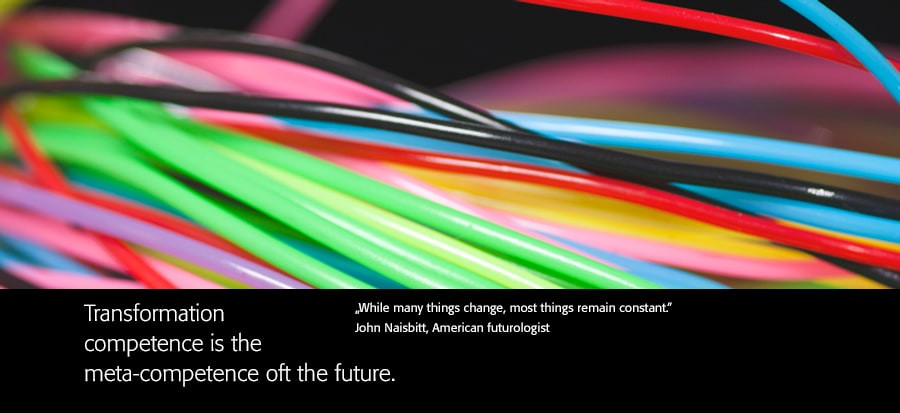

04.11.2019
Agile or traditional? Both methods can go hand in hand: Hybrid project management is often the best choice.
Everyone is talking about agility, everything seems to be agile nowadays: sales, marketing, HR and support and, of course, software development. Agile working is the answer to rapid change, continuous change processes and disruptive development. This makes sense because agile project management is flexible, fast and open-minded. Small planning steps and short implementation phases, tight progress control and continuous reprioritization as well as cross-functional teams with a lot of individual responsibility are the decisive principles of agility.
Does agile project management mean the end of traditional project management? Certainly not, because it is suitable for complicated tasks that require time and expert knowledge to solve. Traditional project management is structured, detailed and controlled. It aims to reduce errors, risks and problems and thus to implement innovative solutions and to realize customer satisfaction by achieving project outcomes. Tasks are carried out according to defined plans, phases and processes as well as according to clear organizational structures and roles.
Advantages and disadvantages on both sides
Both project methods have their strengths and weaknesses. On the one hand, agile project management creates courage for innovation, on the other hand, the agile vision can also fail without team-oriented communication among the individual project members. And traditional project management is not an obsolete approach, but a choice that focuses on security, commitment and performance, without which many areas and markets cannot function.
Both methods can be equally successful and do not have to be applied exclusively. If you take a close look, only a few organizations have fully opted for either the classical or agile way. So why shouldn't project managers choose the best of both methods and apply them as needed? And why shouldn't management create a secondary organization in which its executives, together with the project managers, determine the optimal project management according to the current requirements? This "as well as way of thinking" must be practiced in order to achieve the most effective and efficient results.
The company-specific mix makes it possible: traditional + agile = hybrid
Combining, mixing, crossing, that's what the term "hybrid" stands for. "Hybrid project management" refers to the combination of different project management methods. Hybrid project management moves, according to context and project, within a wide range of planning and agility. Two or more classical or agile methods are blended, which allows a whole range of combinations. This could mean, for example: the coordination of a traditional project takes place at shorter intervals and during the course of the project, or, in an agile project, the Scrum Master can also be its project manager.
Finding the best way to meet the project management requirements in your own company
Hybrid project management is not a sure-fire success either; it must be well thought through and consistently implemented. The right questions should be asked at the beginning: Who are the team members? How complex is the task? How dynamic are the framework conditions? The management must firstly select the appropriate methods and secondly combine them appropriately, which always represents a new challenge, but offers the opportunity to find the best solution for each project.


